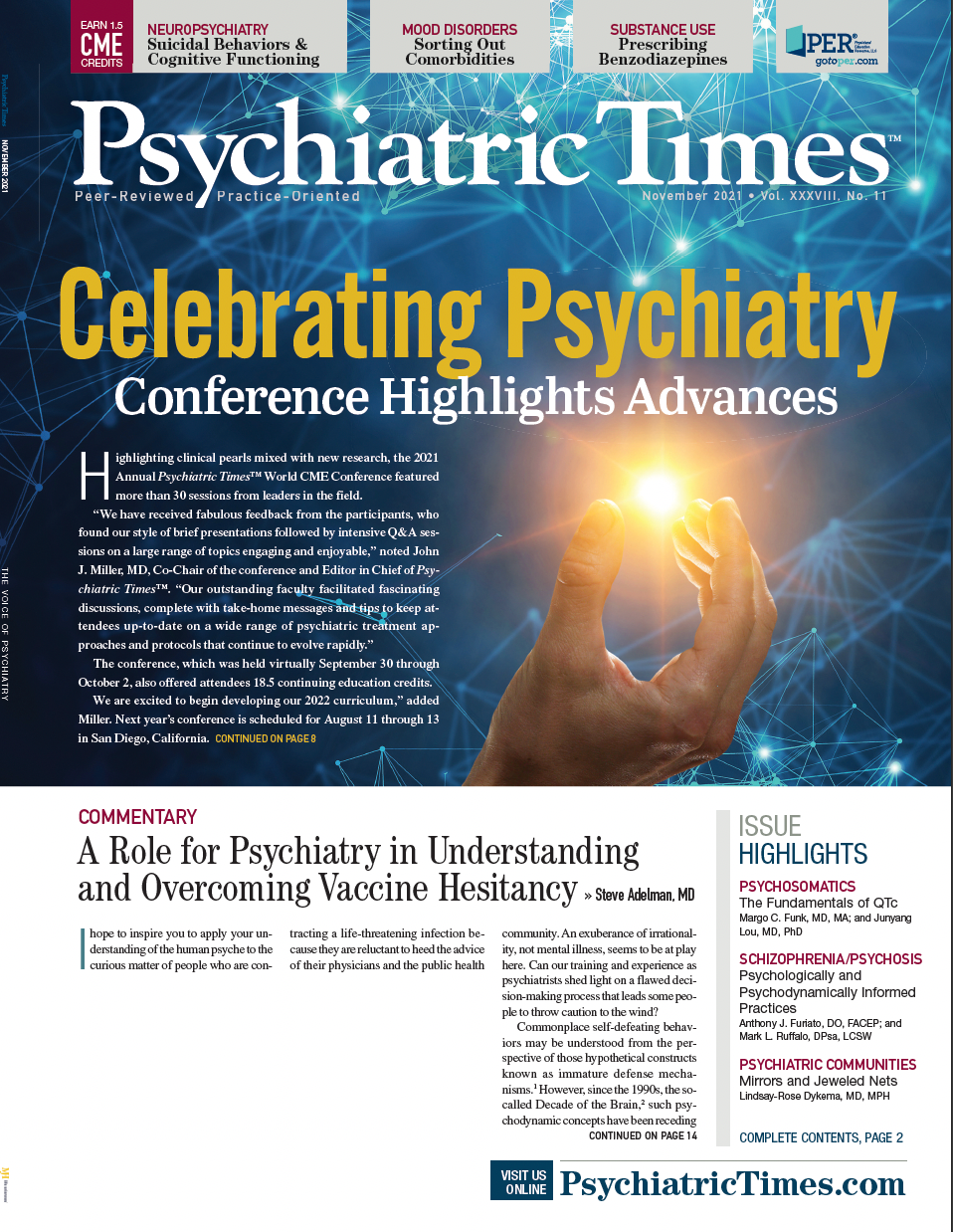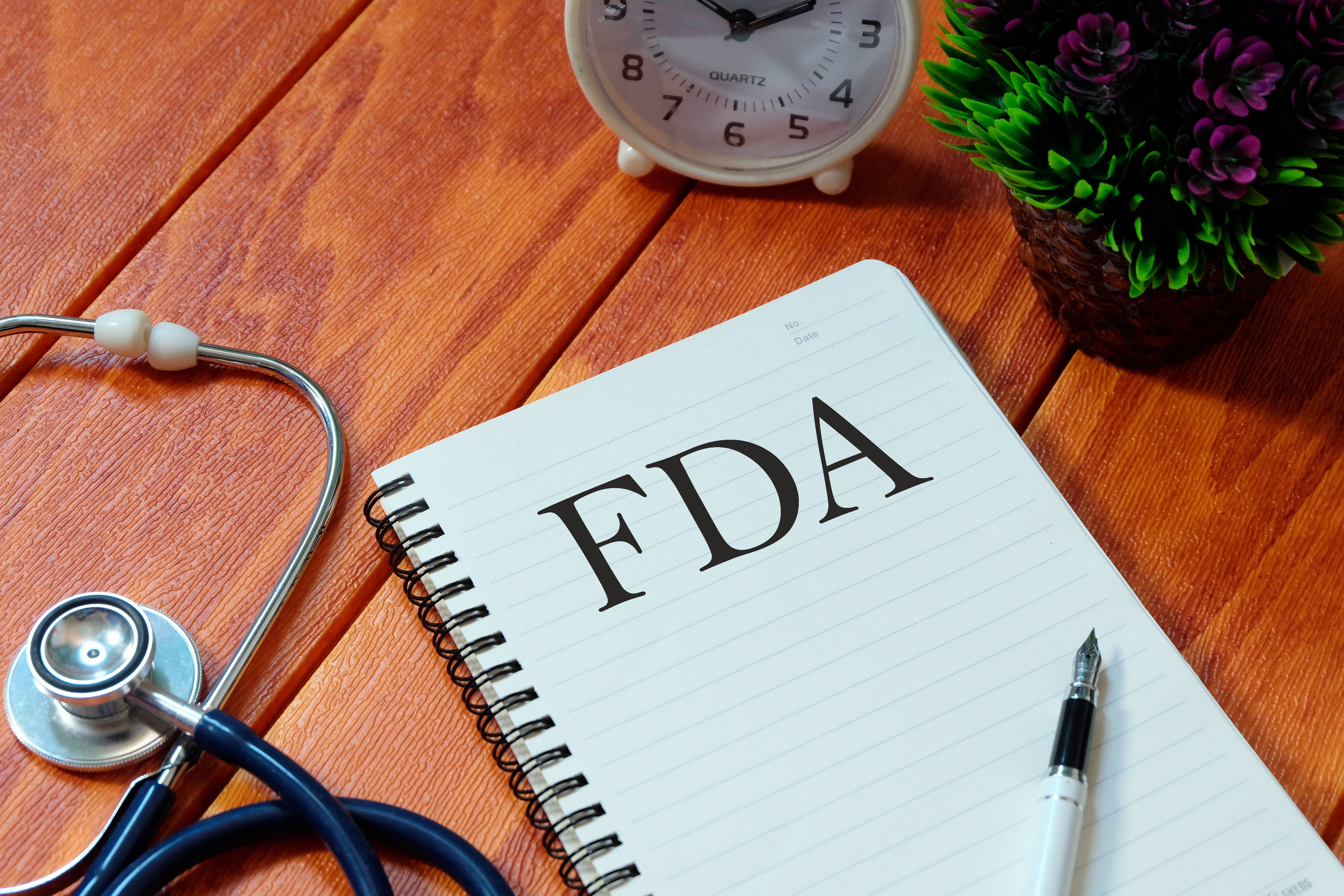Publication
Article
Psychiatric Times
Benzodiazepines: It’s Time to Prescribe Caution
Author(s):
How can the more cautious and conservative use and prescription of benzodiazepines save thousands of lives per year?
white-pills-tabs_Martina/Adobe Stock

CLINICAL REFLECTIONS
The opioid epidemic has grown increasingly deadly, yet it is possible that an important component has been overlooked (Figure). It has been estimated that concurrent use of benzodiazepine and opioids may occur in as many as 50% of opioid overdose deaths.1 Yet, more and more patients leave their doctors’ offices with prescriptions for benzodiazepine medications. Across the medical profession, the percentage of outpatient visits resulting in a benzodiazepine prescription has increased from 3.8% in 2003 to 7.4% in 2015.2 This startling statistic suggests that more cautious and conservative use and prescription of benzodiazepines has the potential to save thousands of lives per year.
Figure. National Drug Overdose Deaths Involving Opioids, by Benzodiazepine Involvement

Benzodiazepine Misuse
During the time period studied by Agarwal et al,2 outpatient psychiatrists manifested a stable pattern of benzodiazepine prescribing, delivering benzodiazepine prescriptions to the patient in 30% of psychiatric visits. Overall, prescriptions written by psychiatrists account for approximately one-sixth of the more than 25 million prescriptions that are written each year.3 In 2015 and 2016, 30.6 million US adults reported benzodiazepine use in the past year; of these, 5.3 million were deemed to be misusing them.3 The most common type of misuse occurs when prescribed medications are diverted and utilized by individuals who did not receive them for a legitimate medical indication.
Thus, data suggest that some benzodiazepines prescribed by psychiatrists end up being misused by individuals who are also misusing opioids, and that some of these opioid overdose deaths are potentiated by benzodiazepines prescribed by a trusting psychiatrist. Are these benzodiazepines that originate in mental health settings a factor in hundreds, or thousands, of annual opioid overdose deaths? Although the magnitude of this problem is not known, it is likely that psychiatrists who exercise more caution can play a role in doing less inadvertent harm.
Nearly a decade ago, Jones et al4 conducted a comprehensive review of studies on the combined use of opioids and benzodiazepines and concluded that “that the co-abuse of opioids and benzodiazepines is ubiquitous around the world.” They further found that benzodiazepines are utilized by those who abuse opioids to potentiate opioid intoxication, and that the co-abuse of opioid and benzodiazepines “has negative consequences for general health, overdose lethality, and treatment outcome.”
Perhaps their 2012 conclusion that physicians should exercise more caution and vigilance in prescribing is reflected in the fact that psychiatrists have paid attention, and not increased our rate of benzodiazepine prescribing. Whereas psychiatric prescriptive practices have remained stable, other physicians, especially primary care providers, are delivering nearly twice as many benzodiazepine prescriptions to patients.1 However, in view of the subsequent progression of the opioid crisis and the mounting overdose death toll, reducing the rate of benzodiazepine prescriptions in psychiatric practice may indeed be a worthwhile, life-saving consideration.
By adhering to universal precautions in pain medicine, Gourlay et al5 suggested that physicians are able to routinize a cautious, non-stigmatizing clinical approach that facilitates their ability to limit opioid prescriptions. It might be helpful for psychiatrists to adopt a parallel set of best practices and universal precautions with regards to prescribing benzodiazepines and other psychoactive pharmaceuticals with abuse liability. (See the Table for a list of 8 universal precautions adapted from Gourlay et al5 for use by psychiatrists faced with the decision to initiate or continue pharmacotherapy with benzodiazepines.)
Table. 8 Universal Precautions for Psychiatrists

Discussion
Epidemiological studies suggest that individuals with untreated anxiety and mood disorders may be prone to self-medicate with nonmedical use of opioids. Unfortunately, use and misuse of opioid drugs may themselves aggravate symptoms of anxiety.6 It is not surprising, then, that outpatient psychiatrists sometimes prescribe benzodiazepines to patients who may covertly be suffering from opioid use disorder. Substance use disorders (SUDs) have long been associated with behaviors that may be deemed antisocial,7 including deceptive communication;8 thus, community-based psychiatrists in high-volume clinic settings may be at risk of being fooled by patients who are drug-seeking.
The ease of integrating some or all of the 8 suggested universal precautions for initiating or continuing benzodiazepine pharmacotherapy will vary from treatment setting to treatment setting. At the very least, this aspirational list of precautions may facilitate the ability of mental health professionals to offer a clinically sound integrated approach for the treatment of cooccurring psychiatric and SUDs. Integrated treatment of co-occurring disorders is the accepted standard of care for this challenging, high-risk patient population.9
Dr Adelman is a coaching and consulting psychiatrist, and is board-certified in psychiatry, addiction medicine, and coaching (BCC). He launched www.AdelMED.com after 8 years directing Physician Health Services, Inc. On the faculty of the University of Massachusetts Medical School, he is a consultant in psychiatry in the Division of Alcohol and Drug Abuse of McLean Hospital, an affiliate of Harvard Medical School.
References
1. Park TW, Saitz R, Ganoczy D, et al. Benzodiazepine prescribing patterns and deaths from drug overdose among US veterans receiving opioid analgesics: case-cohort study. BMJ. 2015;350.
2. Agarwal SD, Landon BE. Patterns in outpatient benzodiazepine prescribing in the United States. JAMA Netw Open. 2019;2(1):e187399.
3. Maust DT, Lin LA, Blow FC. Benzodiazepine use and misuse among adults in the United States. Psychiatr Serv. 2019;70(2):97-106.
4. Jones JD, Mogali S, Comer SD. Polydrug abuse: a review of opioid and benzodiazepine combination use. Drug Alcohol Depend. 2012;125(1-2):8-18.
5. Gourlay DL, Heit HA, Almahrezi A. Universal precautions in pain medicine: a rational approach to the treatment of chronic pain. Pain Med. 2005;6(2):107-112.
6. Martins SS, Fenton MC, Keyes KM, et al. Mood and anxiety disorders and their association with non-medical prescription opioid use and prescription opioid-use disorder: longitudinal evidence from the National Epidemiologic Study on Alcohol and Related Conditions. Psychol Med. 2012;42(6):1261-72.
7. Vaillant GE. Natural history of male alcoholism V: is alcoholism the cart or the horse to sociopathy? Br J Addict. 1983;78(3):317-26.
8. Young SR, Azari S, Becker WC, et al. Common and challenging behaviors among individuals on long-term opioid therapy. J Addict Med. 2020;14(4):305-310.
9. Kelly TM, Daley DC. Integrated treatment of substance use and psychiatric disorders. Soc Work Public Health. 2013;28(3-4):388-406.







